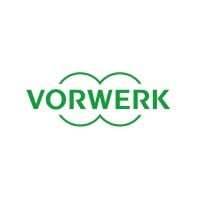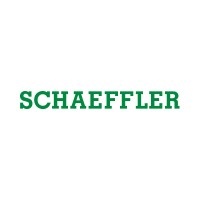
Vorwerk Group
For more than 140 years, Vorwerk has been an internationally active family-owned company focused on improving life everywhere we call home. Our superior products and services come with a human touch, from the way we develop and sell them, to the way they are used. Vorwerk is the number-one direct sales company in Europe, and a worldwide leader in direct sales of high-quality household devices. Today, over 108.000 people in more than 61 countries work for us and help us generate an overall revenue of 3.17 million euros (excl. turnover tax; 2024). Our products, which we develop, manufacture and successfully distribute include Thermomix® / Bimby® as well as the Kobold / Folletto vacuum cleaners. The akf group is also part of the Vorwerk family.






